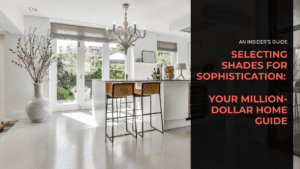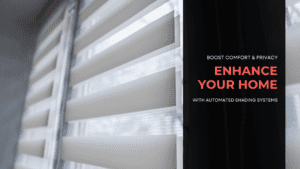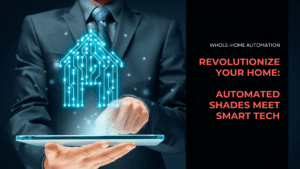Key Highlights
- Smart homes offer convenience, security, and potential energy savings, but understanding the costs involved is crucial.
- Essential components like security systems, lighting, and climate control come with varying price tags depending on features.
- While initial costs can seem high, potential long-term savings on energy bills and increased property value should be considered.
- Carefully researching brands, product compatibility, and installation options can help homeowners make informed decisions.
Introduction
Before taking the leap into this world of interconnected convenience, understanding the cost of a smart home is essential. This guide breaks down the various expenses associated with smart home technology, providing a clear picture of what to expect when transforming your house into a modern, responsive living space.
Understanding Smart Home Basics
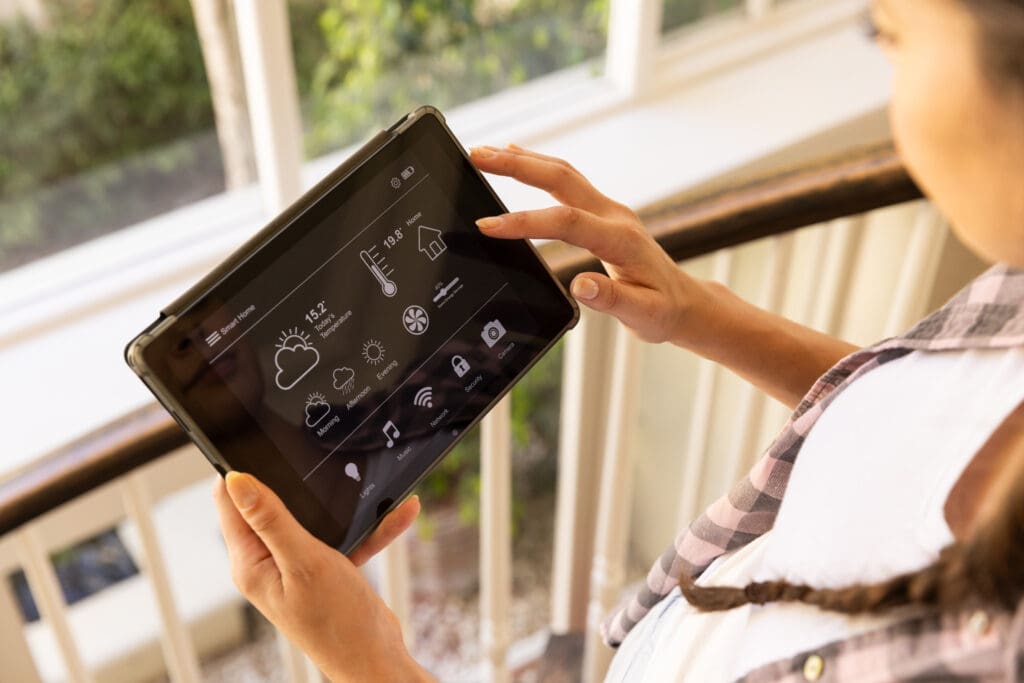
Smart home technology encompasses a range of devices that can be controlled remotely through an internet connection. These smart devices communicate with each other and with the homeowner, allowing for automation and remote management of various aspects of a home. From smart thermostats that adjust temperatures based on your schedule to security cameras that send alerts to your phone, smart home technology aims to create a more comfortable, secure, and energy-efficient living environment.
At the heart of this interconnected ecosystem lies a reliable internet connection. Most smart home devices rely on Wi-Fi to receive instructions and send data, making a strong and stable internet connection crucial for seamless operation.
Defining Smart Homes and Their Capabilities
A smart home essentially refers to a residence equipped with interconnected devices that can be controlled remotely through a central hub or a smartphone app. These devices, ranging from simple smart bulbs to sophisticated security systems, communicate with each other and with the homeowner, ushering in a new era of convenience and control.
Imagine adjusting your home’s lighting to create the perfect ambiance for a movie night or preheating your oven from your office—these are just a few examples of the capabilities of a smart home. Smart devices offer homeowners a new level of control over their surroundings, allowing them to personalize their living spaces to an unprecedented degree.
Moreover, smart homes offer the potential for increased energy efficiency and security. Automated systems can learn your habits and preferences, optimizing energy consumption by adjusting lighting, temperature, and other factors. Similarly, smart security systems can provide real-time alerts and remote monitoring, enhancing the overall safety and security of your home.
The Evolution of Smart Home Technology
The realm of smart home technology is constantly evolving, with new devices and capabilities emerging regularly. What started with simple programmable thermostats has now expanded to encompass a vast array of smart home upgrades, covering aspects like security, entertainment, lighting, and even appliance control.
From voice-activated assistants that can control multiple devices to smart appliances that learn your usage patterns, home automation is becoming increasingly sophisticated and accessible. This continuous evolution means homeowners have a growing selection of options to choose from, allowing them to customize their smart home experience to their specific needs and preferences.
As technology advances, we can anticipate even more innovative smart home upgrades, further blurring the lines between science fiction and reality. With the advent of artificial intelligence and machine learning, future smart homes promise to be more intuitive, responsive, and personalized than ever before.
Our expert analysis on home automation value explores how smart upgrades can translate into higher resale prices and faster offers.
Initial Costs of Setting Up a Smart Home
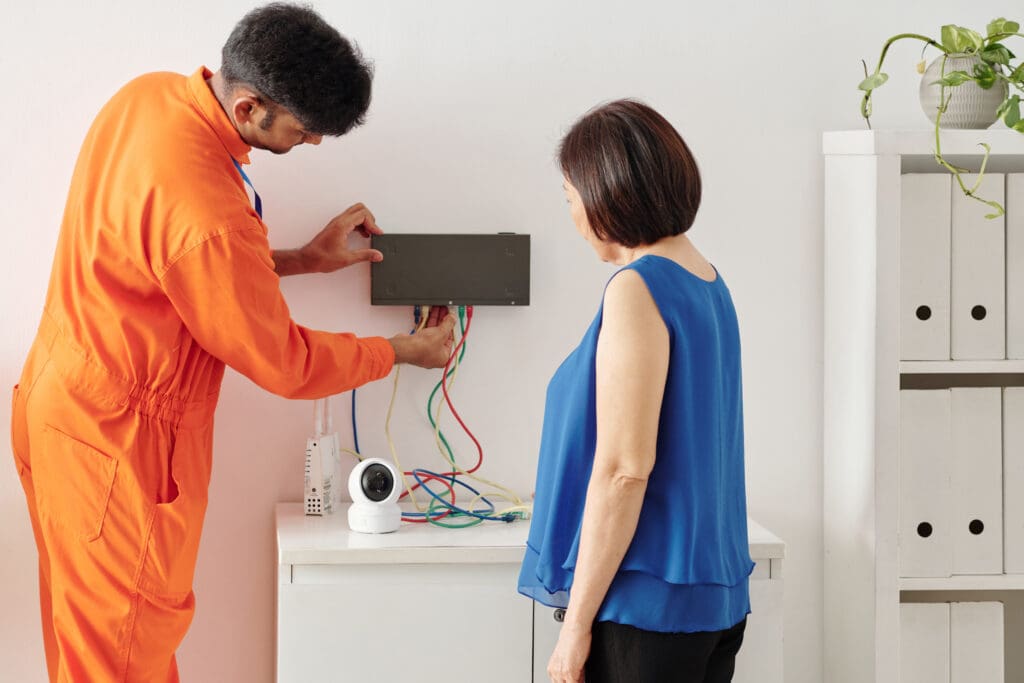
The initial costs of setting up a smart home can vary significantly depending on factors like the desired level of automation, the choice between DIY and professional installation, and brand preferences. Basic setups with a few smart devices can be relatively affordable, while more comprehensive systems involving multiple rooms or whole-house integration can require a more substantial investment.
It’s important to consider both the cost of the smart home system itself and the potential installation costs. While DIY installation can help save on labor expenses, professional installation ensures proper setup and integration, especially for more complex systems.
Overview of Basic Setup Costs
When planning the budget for your smart home system, it’s important to remember that the initial costs go beyond purchasing individual devices. Extra money needs to be allocated for potential expenses like a central hub, additional wiring, and professional installation if you choose to go that route. The initial costs of a smart home encompass more than just individual gadgets; it’s about creating a connected ecosystem that seamlessly integrates into your lifestyle.
While standalone smart devices like smart bulbs or smart plugs offer a taste of home automation, investing in a central hub can significantly enhance your smart home experience. Hubs act as the brain of your system, allowing for more complex automations and seamless control of multiple devices. It’s worth factoring in the cost of a hub when planning your budget, as it unlocks the true potential of a fully integrated smart home.
Furthermore, consider whether your existing electrical system can handle the demands of multiple smart devices. In some cases, additional wiring might be necessary, particularly for older homes, adding to the overall initial costs. Evaluating your home’s electrical capacity and factoring in potential wiring upgrades will provide a more accurate picture of the financial investment involved.
Price Comparison of DIY vs. Professional Installation
Opting for DIY installation can be tempting, especially for tech-savvy individuals looking to minimize expenses. While DIY can be cost-effective for simpler setups involving a few smart devices, professional installation offers several advantages, particularly for more intricate systems. Installation costs vary depending on the complexity of the system and the rates of local professionals, but the peace of mind and assurance that everything is set up correctly can be invaluable.
Professional installers have the expertise to handle potential challenges like wiring complexities, device compatibility issues, and system integration, ensuring a seamless and hassle-free experience. They can also provide valuable insights into maximizing your smart home’s efficiency and leveraging its full potential.
Ultimately, the decision between DIY and professional installation comes down to your budget, technical proficiency, and the complexity of the smart home system you envision. If you are confident in your technical skills and are dealing with a straightforward setup, DIY might be a viable option. However, professional installation is recommended for complex systems or if you prefer a hassle-free approach.
explore Boston Automations’ full-service smart home packages that include design, installation, and ongoing support.
Key Components of a Smart Home System
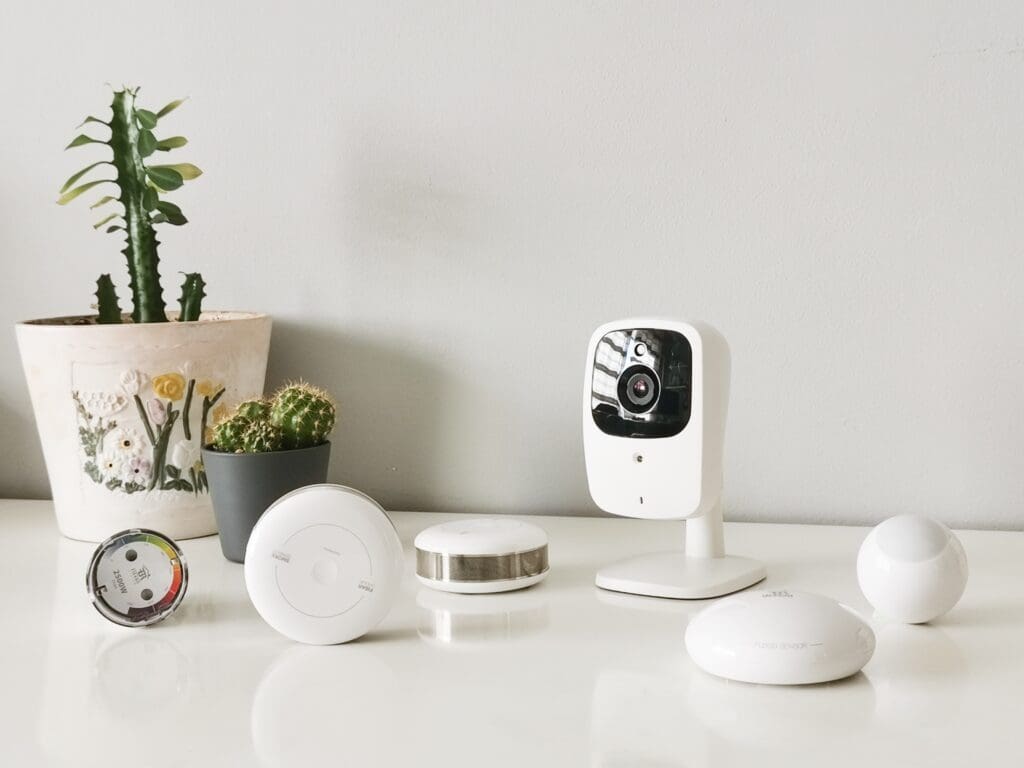
A smart home comprises a variety of interconnected devices working together to automate and simplify everyday tasks. Among the most common components are smart security systems encompassing door sensors, cameras, and alarm systems; smart thermostats for climate control; and smart lighting solutions that offer energy-efficient illumination and customizable ambiance.
These technologies not only enhance convenience but also contribute to a safer and more energy-efficient home environment. By automating essential functions and providing remote control, these components form the backbone of a modern, responsive living space.
Smart Security Systems and Their Costs
Home security is often a top priority for homeowners, and smart security systems offer an advanced layer of protection and peace of mind. These systems typically involve a combination of devices, such as door and window sensors, motion detectors, an alarm system, and security cameras, working in unison to deter intruders and provide real-time alerts.
The cost of a smart home security system can range widely based on factors like the number of sensors and cameras, the inclusion of professional monitoring services, and additional features like smoke and carbon monoxide detection. Basic DIY systems can start at a few hundred dollars, while more comprehensive packages with professional monitoring can cost several thousand dollars.
When evaluating different systems, consider factors like ease of installation, equipment reliability, contract terms for monitoring services, and integration capabilities with other smart home devices. Additionally, research local regulations and any permits required for installing certain security features.
Smart Lighting Solutions: Expense Overview
Smart lighting solutions have gained immense popularity, offering energy savings, convenience, and the ability to personalize ambiance effortlessly. Smart light switches, smart bulbs, smart lamps, and even outdoor lighting options allow you to control your home’s illumination with a simple tap on your smartphone or through voice commands.
The expense of implementing smart lighting varies depending on the scale of automation desired. Smart bulbs are a relatively inexpensive way to get started, with prices ranging from around $10 to $50 per bulb, depending on features like color-changing capabilities and dimming options. On the other hand, smart switches, which can control multiple lights simultaneously, can cost between $30 to $100 per switch, depending on features and brand.
When deciding between smart bulbs and smart switches, consider the existing fixtures in your home and whether you need individual bulb control or prefer to manage multiple lights together.
Climate Control: Thermostats and HVAC Integration
A smart thermostat is a clever investment for any smart home, offering intelligent climate control while potentially reducing energy consumption. These thermostats learn your habits and preferences, adjusting the temperature accordingly to optimize comfort and savings. HVAC integration takes climate control a step further, allowing you to manage your entire heating and cooling system from your smartphone.
Smart thermostats typically range in price from $100 to $300, depending on features like remote sensors, voice control, and compatibility with various smart home platforms. Investing in a smart thermostat compatible with your existing HVAC system and chosen smart home ecosystem is crucial for seamless integration.
Beyond convenience, these devices can lead to long-term cost savings by optimizing energy usage. Some smart thermostats even provide reports on energy consumption, helping you identify areas for improvement and further reduce your carbon footprint.
Long-Term Value of Investing in a Smart Home
While the initial investment in a smart home can seem significant, it’s crucial to consider the potential long-term value. Energy savings from smart thermostats, efficient lighting solutions, and automated systems can offset some of the upfront costs over time.
Moreover, smart home features can enhance safety and security, potentially reducing insurance premiums and providing priceless peace of mind. When viewed as a long-term investment, a smart home can bring both tangible and intangible benefits that contribute to a more comfortable, secure, and sustainable lifestyle.
Energy Savings and Efficiency Gains
One of the most appealing aspects of smart home technology is its potential for significant energy savings and efficiency gains. Smart thermostats, for instance, can learn your schedule and adjust temperatures accordingly, preventing energy wastage by heating or cooling an empty home.
Furthermore, smart lighting solutions contribute to energy conservation by allowing you to schedule lights to turn off automatically when not needed or dim them to reduce consumption. Some smart home systems even monitor energy usage in real-time, providing insights into your consumption patterns and identifying potential areas for improvement.
By making conscious decisions about energy consumption, you not only save money on utility bills but also reduce your environmental impact. Smart home technology empowers you to be more mindful of your energy usage and contribute to a more sustainable future.
Enhanced Security Features and Peace of Mind
Smart home technology extends beyond convenience and energy efficiency; it also offers enhanced security features that provide invaluable peace of mind. A comprehensive home security system, integrating smart locks, sensors, cameras, and an alarm system, can deter potential intruders and provide real-time alerts in case of any suspicious activity.
Imagine receiving a notification on your phone if a door or window is unexpectedly opened or being able to check in on your home remotely through security cameras. Smart security systems offer a level of awareness and control that traditional systems simply cannot match.
Moreover, integrating other smart devices, such as motion-sensor lights or automated door locks, can further enhance security by creating the illusion of an occupied home, even when you’re away. This layered approach to security, seamlessly integrated through your smart home ecosystem, provides a robust shield against potential threats, allowing you to enjoy peace of mind knowing your loved ones and belongings are well-protected.
Choosing the Right Smart Home Brands and Products
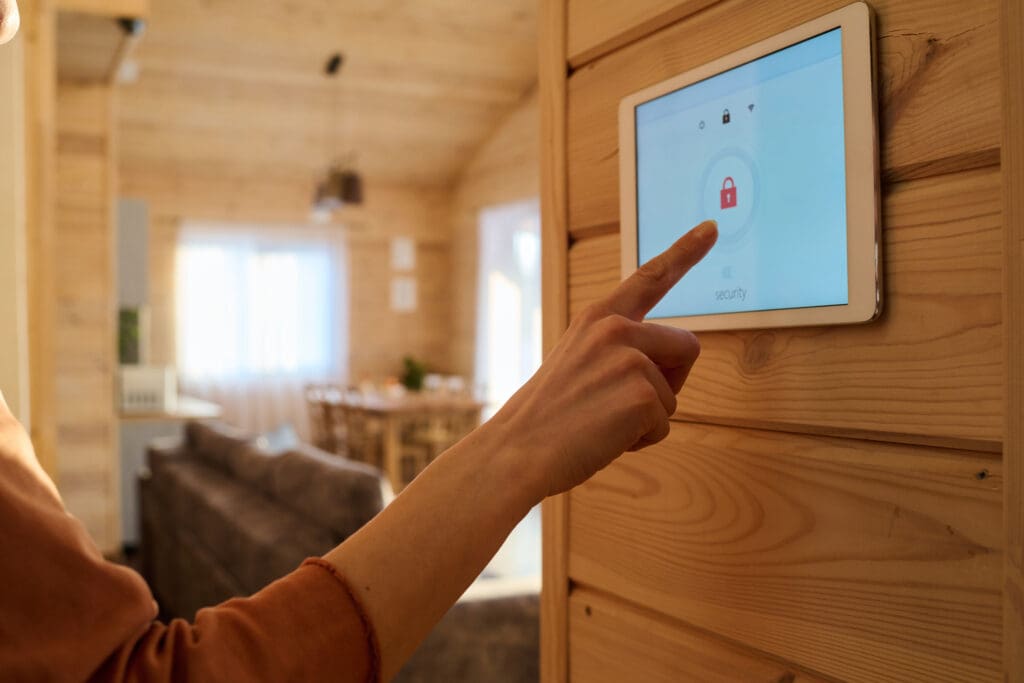
Navigating the world of smart home products can feel overwhelming with the sheer number of smart home brands and devices available. When making your selections, consider factors like compatibility with your existing devices (like smartphones and smart speakers), ease of use, reliability, and the availability of customer support.
It’s also important to research the privacy policies of different brands and understand how your data is being used. Prioritizing reputable brands with a proven track record for quality and security is essential for a secure and trustworthy smart home experience.
Top Brands in the Market and Their Pricing
Several top brands have established themselves as leaders in the smart home market, each offering a diverse ecosystem of products and services. Understanding their strengths, weaknesses, and pricing can help you make informed decisions when building your smart home.
| Brand | Strengths | Pricing |
| Amazon | Wide range of affordable devices, strong voice control | Entry-level to mid-range |
| Seamless integration with Google services, user-friendly | Competitive pricing | |
| Samsung | Comprehensive ecosystem, competitive pricing | Budget-friendly to premium |
| Philips Hue | High-quality smart lighting solutions | Premium pricing for lighting |
| Nest | Focus on energy efficiency, sleek design | Mid-range to premium |
Remember that prices can vary depending on retailers, ongoing promotions, and the specific products chosen within each brand’s ecosystem.
Compatibility and Integration Considerations
When selecting smart home devices, compatibility and integration are crucial factors to consider. Ensure that the devices you choose can communicate with each other and with your chosen smart home platform or hub. Investing in devices that operate on a common protocol, such as Wi-Fi, Zigbee, or Z-Wave, can help ensure seamless communication and control.
Integration with voice assistants, such as Amazon Alexa, Google Assistant, or Apple HomeKit, can significantly enhance the convenience of your smart home. Being able to control your devices with simple voice commands adds a new level of ease and accessibility to your daily routines.
Before making a purchase, carefully review the product specifications and ensure that the devices you select are compatible with your existing setup and chosen smart home platform. This proactive approach will prevent compatibility issues and ensure that your smart home functions harmoniously.
To break down cost estimates into actionable steps, refer to our step-by-step home automation guide for detailed timelines and component breakdowns.
Unlock Your Home’s Potential!
Investing in a smart home is a step towards a convenient and efficient living environment. Understanding the basics, initial costs, and long-term benefits are crucial in making an informed decision. Smart homes offer energy savings, enhanced security, and peace of mind. Choose reputable brands and products that align with your needs and budget for a seamless integration.
If you are interested in upgrading your home, don’t hesitate to reach out to us today!
Frequently Asked Questions
What is the Most Cost-Effective Smart Home System?
For a cost-effective smart home system, prioritize budget-friendly brands like Amazon or Wyze, focusing on value and essential features. Starting with a smart speaker with a built-in hub and gradually adding compatible devices like smart bulbs and plugs is a cost-effective strategy.
Can Smart Home Features Increase Property Value?
Yes, smart home features are increasingly desirable in real estate and can potentially boost property value. As market trends show a growing demand for homes with smart features, the initial investment in home automation can offer a good return on investment when selling your property.
Are There Recurring Costs Associated with Smart Homes?
Smart home maintenance may involve recurring costs, primarily for optional subscription services like professional security monitoring or cloud storage for camera footage. Additionally, occasional updates or replacements for devices might be necessary, adding to the running costs over time


